The church was first named The Fugitive Slave Chapel then renamed the African Methodist Episcopal Church. In 1856, the church was once again renamed to the British Methodist Episcopal Church to reinforce its commitment to the British Crown. After the congregation outgrew the little chapel, the Beth-Emmanuel British Methodist Episcopal Church was erected at 430 Grey Street in London to serve the growing Black congregation.
The AME church was sold by the church and became residential property. Over the years, the church became derelict and was saved twice from demolition. Once in 2013, by the efforts of The Fugitive Slave Chapel Preservation Project (FSCPP). The church was moved to its’ daughter church on Grey Street on Nov. 12, 2014.
On Nov. 22, 2022, the AME Church was moved for the third and finally resting place, to its forever home, on the grounds at Fanshawe Pioneer Village, where it was fully restored in the summer of 2023 to its splendor.
With Steve playing the piano, Denise sang the Jams Taylor song “Shower the People.” Afterwards, Denise welcomed the packed chapel of 18 people, and introduced herself and Steve Holowitz. Denise explained that the stories and songs involves lectures on the history of two Black leaders in Canada, civil and women's rights activist Voila Desmond and poet George Elliott Clark.
The song following this introduction was the “River Is Waiting” by John Fogerty. Motivated by her parents’ hard work, Viola attended two schools to receive her beautician training, one in Montreal and the other in New York at Madam C. J. Walker's beauty school (because of her race, Viola could not train to become a beautician in Halifax.) After her training, Viola opened her own salon called Vi's Studio of Beauty Culture. To provide employment opportunities for Black women, she opened The Desmond School of Beauty Culture where 15 students graduated each year. She also had her own line of beauty products which Viola marketed and sold herself.
Denise sang the song “The Eagle and Me.” Afterwards, she went on to describe Viola Desmond’s history. On Nov. 8, 1948, Viola's car broke down. While waiting for it to be fixed at the garage, she went to Roseland Theatre in New Glasgow, Nova Scotia and purchased a ticket for the main floor to watch a film. When confronted that she had a ticket for the balcony, Viola returned to the ticket booth to upgrade her ticket but was told she could not purchase one for it was in the White-only section. Viola returned to her seat on the main floor and refused to leave. The police were called, and Viola was dragged out of the theatre hurting her knee and hip. She was arrested and spent the night in jail sitting bold upright all night long.
The song Densie sang was “Heaven Help Us All” by Stevie Wonder. Due to Viola’s sister Wanda Robinson, who enrolled in a race relations course and told of her sister’s story. Decades after her death, Viola Desmond was granted a free pardon on April 15, 2010, where Premier Darrell Dexter made a public declaration and apology recognizing that Desmond’s conviction had been a miscarriage of justice and that charges should never have occurred.
For her efforts challenging racial segregation, Canada Post issued a stamp in her honour in 2012. In 2017, Desmond was inducted to Canada’s Walk of Fame under the Philanthropy & Humanities category. She became the first Black woman to grace a Canadian $10 bill on Nov. 19, 2018, (She was also the first non-royal woman on a Canadian bank note.) In that same year, Viola Desmond was named a National Historic Person by the Canadian government.
The next lecture of a Black Canadian leader that Denise mentioned was George Elliott Clark. A Canadian poet, playwright and literary critic who was born in Windsor, Nova Scotia on Feb. 12, 1960. George grew up in Halifax, earned his degrees from the University of Waterloo (BA), Dalhousie University (MA), and Queen’s University (PhD) and now resides in Toronto where he is the inaugural E. J. Pratt Professor of Canadian Literature at the University of Toronto. In 2008, George was appointed to the Order of Canada and appointed as Poet Laureate of the City of Toronto from 2012 to 2015. (He coined the term "Africadian" meaning African-Nova Scotian.)
As George matured as a poet, he thought he should blend blues singer Little Milton, Ezra Pound and John Coltrane, Margaret Atwood and Malcolm X… make William Butler Yeats holler like James Brown, and Gwendolyn MacEwen moan like Billie Holiday.
Denise sang Billy Holiday’s song, “God Bless the Child,” then concluded talking about George Elliott Clark. He is a cosmopolitan bard who values rhyme and rhythm. George's subject is often History of European imperialism and African enslavement. But he is interested in all peoples and all types of poetry, “free” and “not.”
Denise concluded the concert by singing Bob Marley and the Wailer's song, “One Love / People Get Ready,” in which she encouraged the audience to participate, singing the chorus "One love one heart let’s get together and feel alright." I always enjoy listening to Denise sing; her voice is so soothing and rhythmic. Looking around the chapel, people were popping their heads, tapping their feet and swagging to the music, some even had their eyes closed with smiles on their faces in total rapture.
My friend Valda who accompanied me, was thoroughly enthralled. She stood up and thanked Denise and Steve and told them how she wanted to get up and dance listening to their music. Although 94, Valda could accomplish that.
Public Programming Coordinator for Fanshawe Pioneer Village, Christina van Hardeveld, thanked Denise Pelley and Steve Holowitz with a round of applause from the audience. Christina informed the group that the Song and Stories is part of a series with the second happening on Sept. 29, 2024. Afterwards, some people spoke to both Denise and Steve while others milled around reading the panels describing the chapel's restoration.
If you go:
A visit to Fanshawe Pioneer Village is a must this summer, to check out the renovated Fugitive Slave Chapel as well as the other buildings located on the grounds. Be sure too to see The Freedom For All exhibit located at The Spriet Family Visitor Centre just outside the Heritage Village, describing Emancipation in London Ontario that runs until Sept. 27, 2024.
- Viola Desmond | The Canadian Encyclopedia
- Viola Desmond National Historic Person (1914-1965) (canada.ca)
- George Elliott Clark's acclaimed titles: Whylah Falls (1990), Beatrice Chancy (1999, translated into Italian), Execution Poems (2001), Blues and Bliss (selected poems, 2009), I & I (2008), Illicit Sonnets (U.K., 2013), and Traverse (2015)
- George Elliott Clarke — George Elliott Clarke


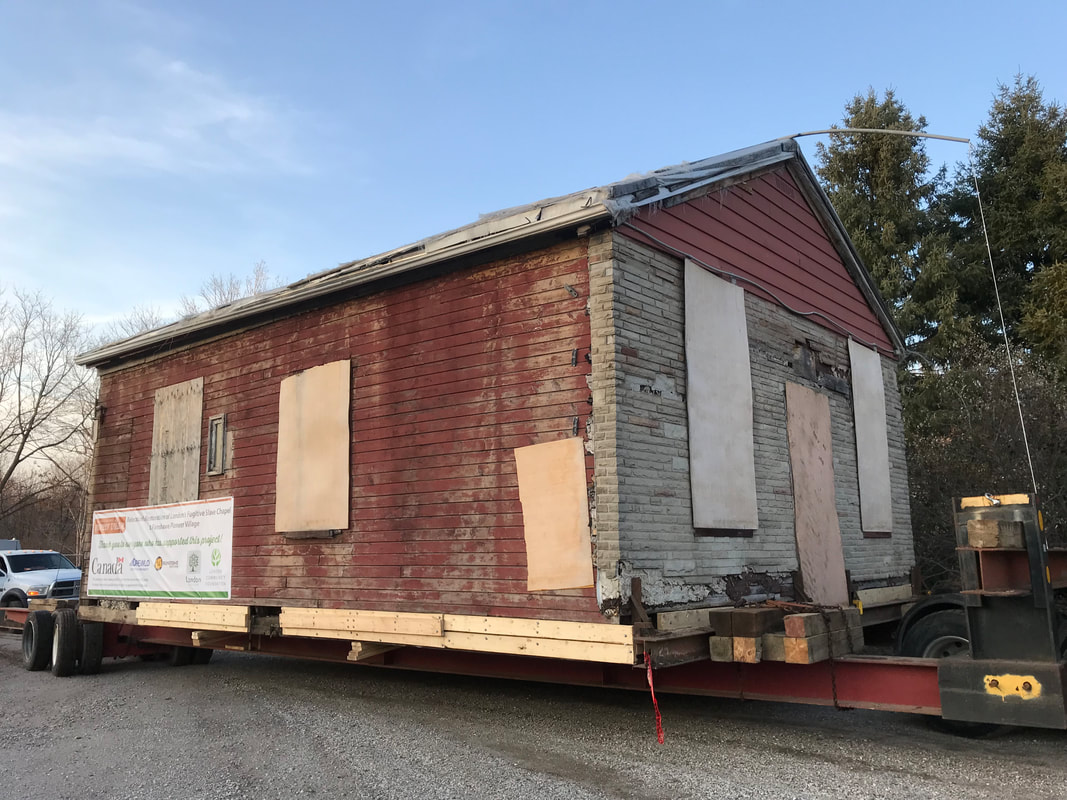
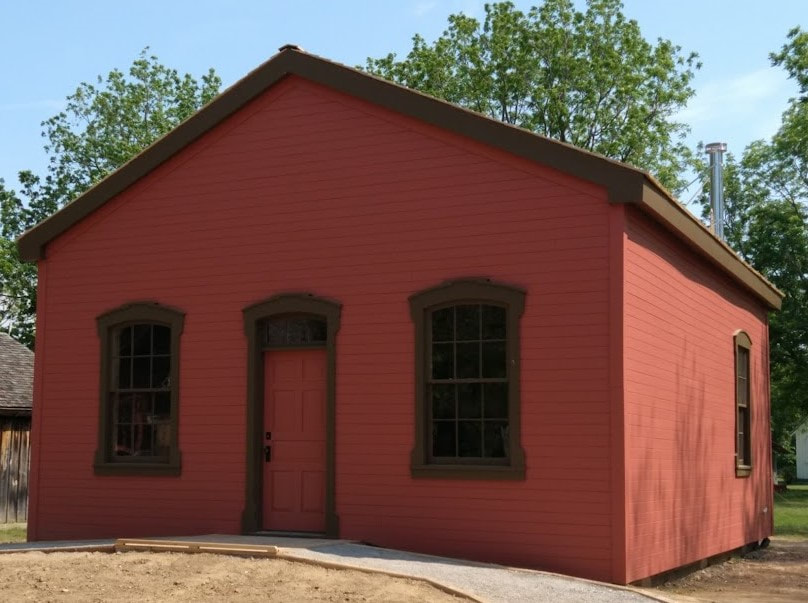
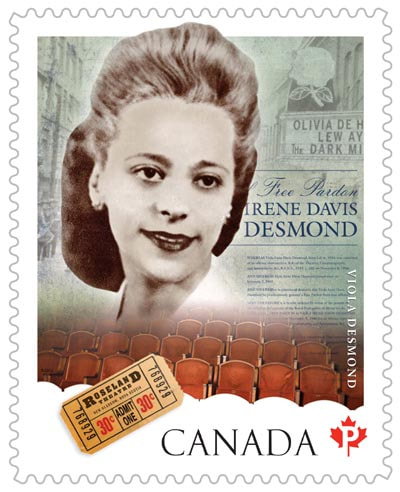






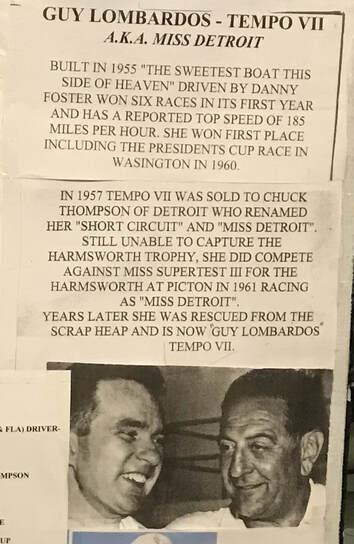
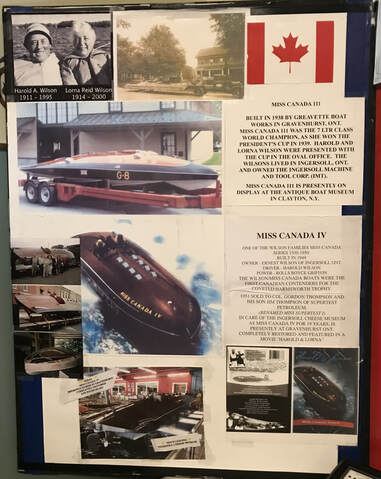
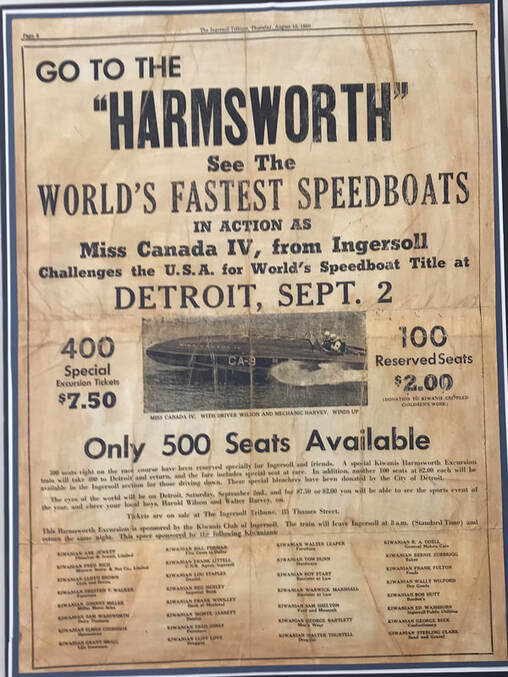

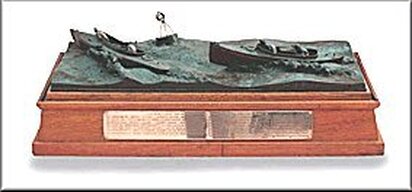
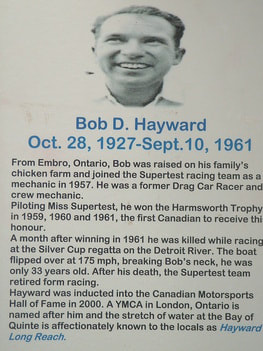

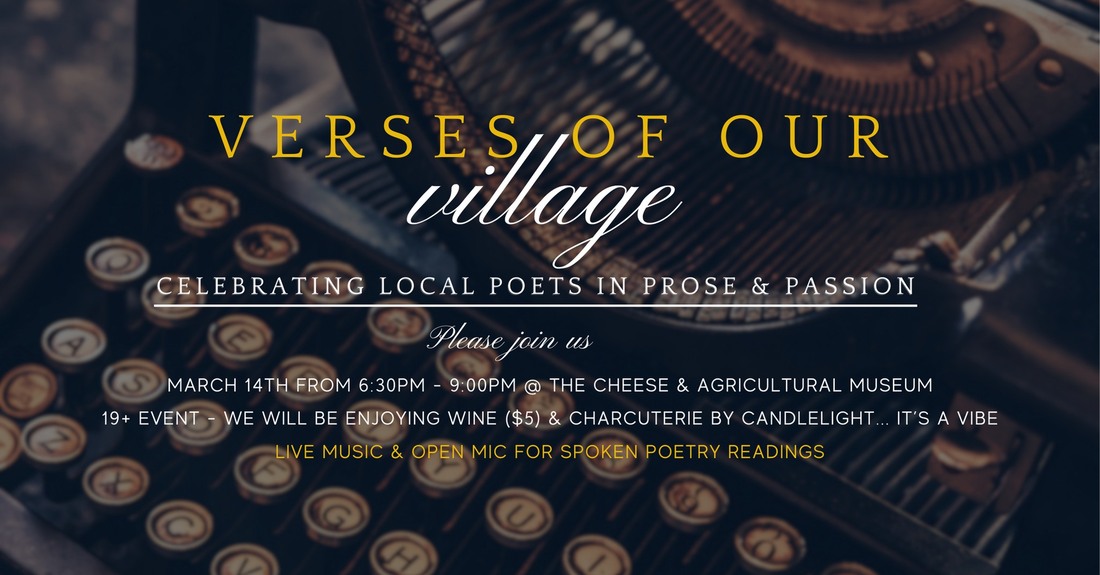

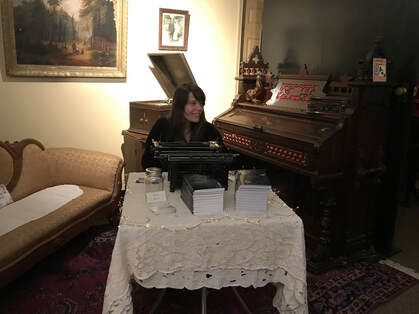
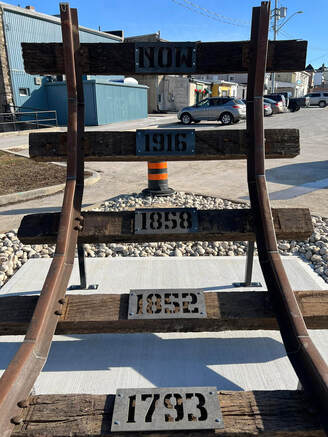
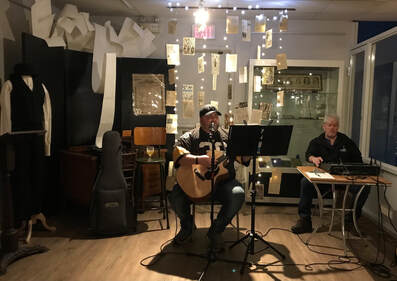
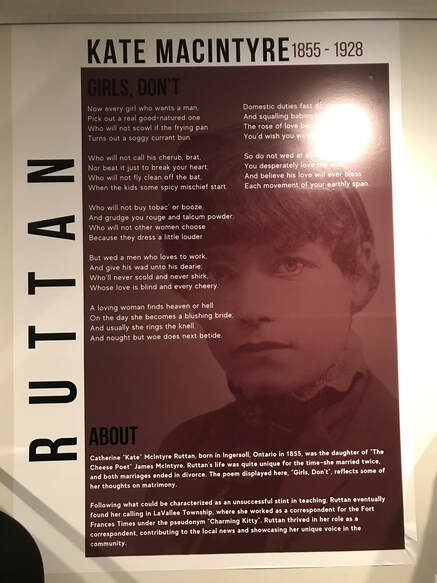
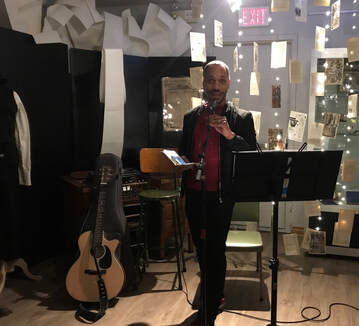
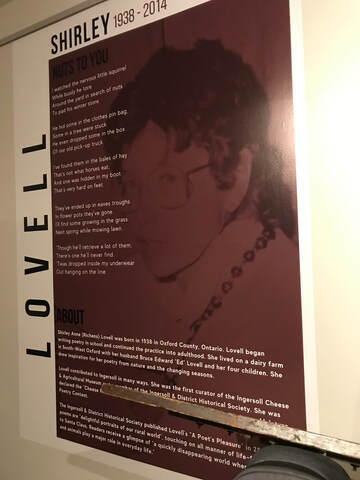
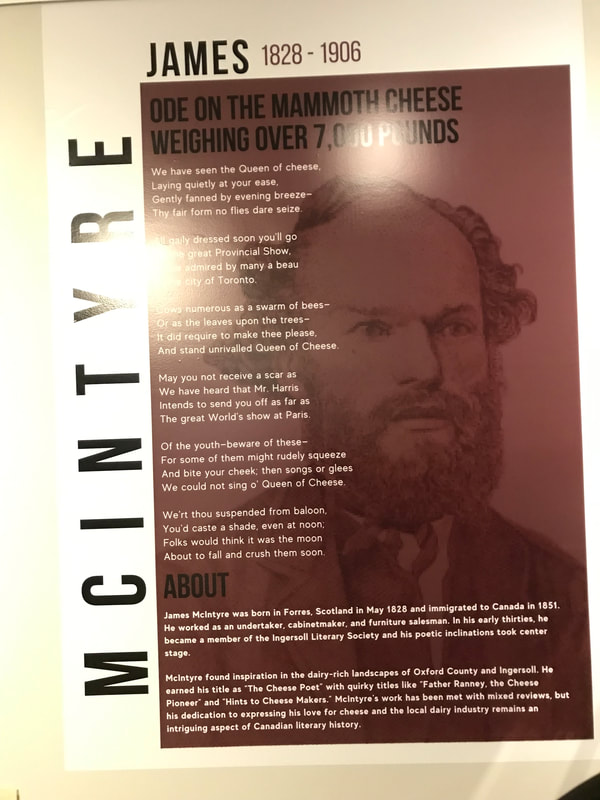

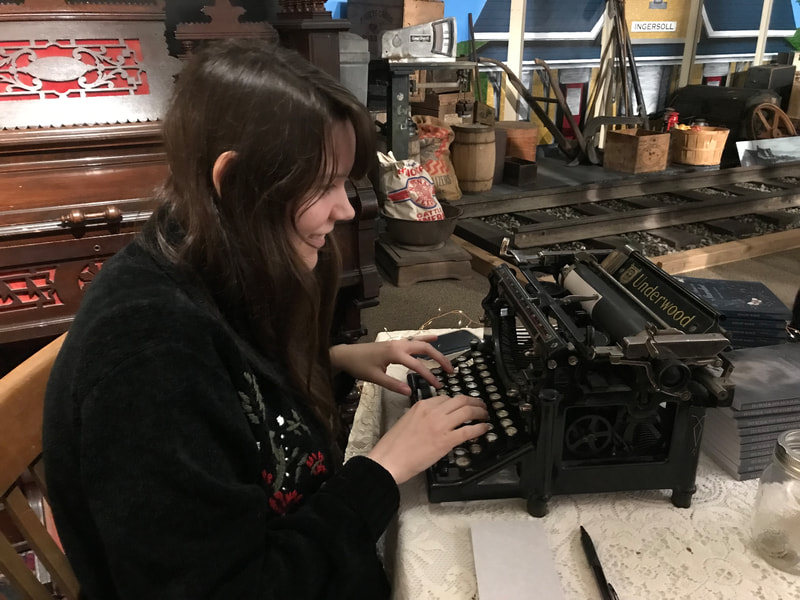
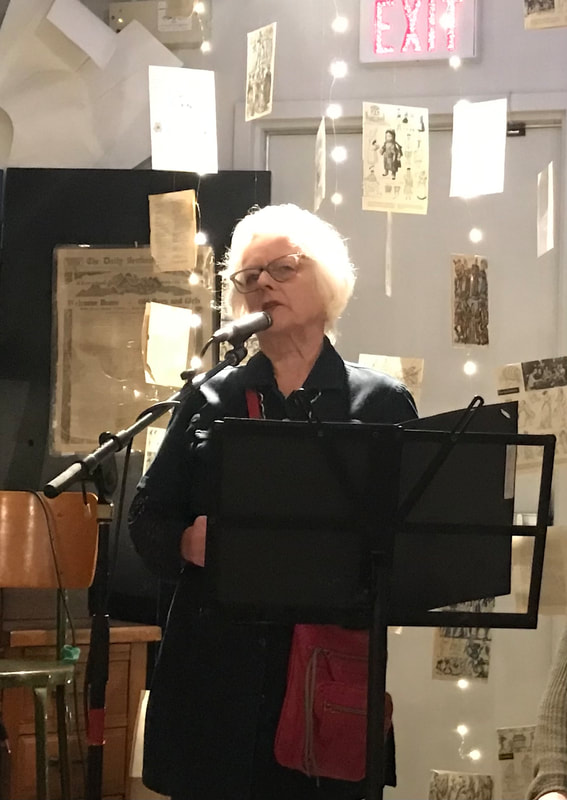
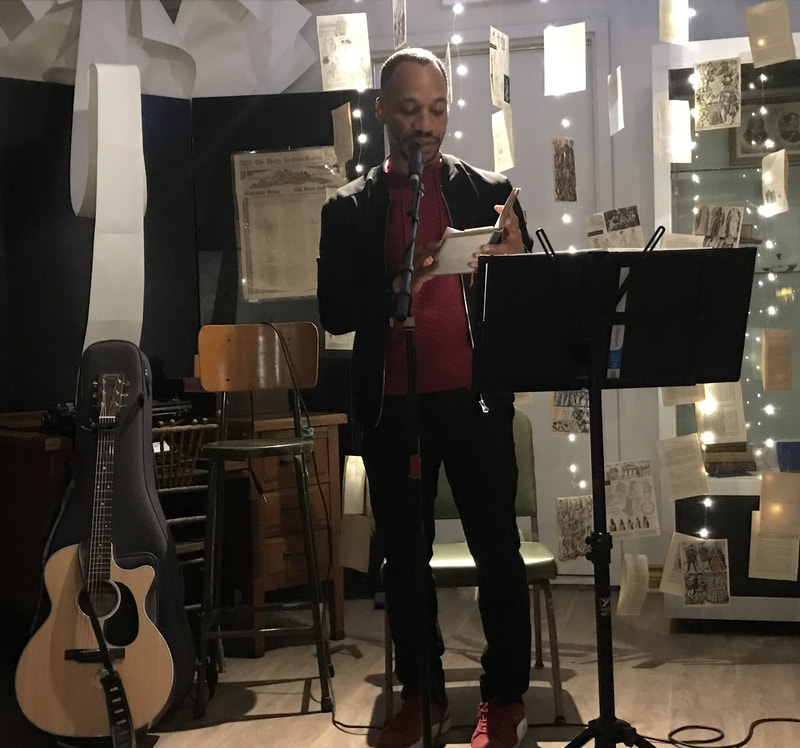





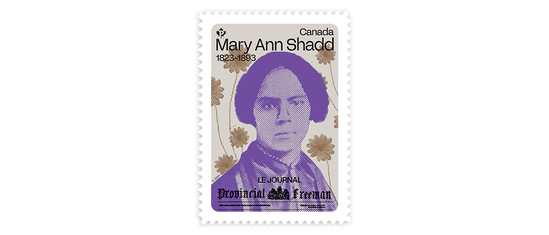
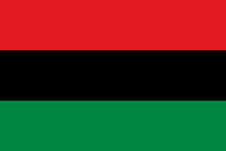
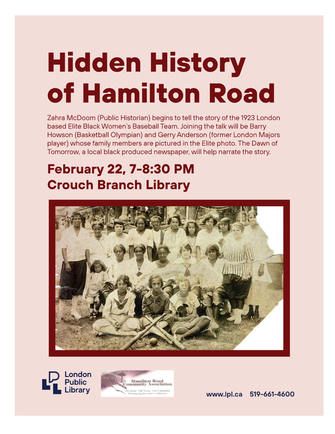
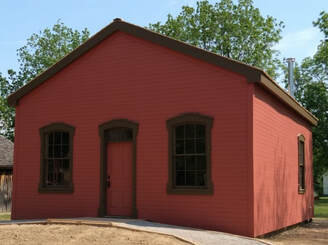
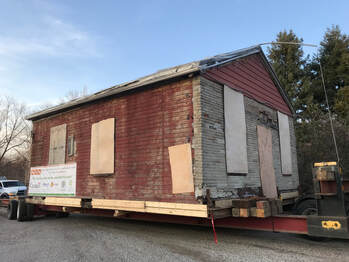

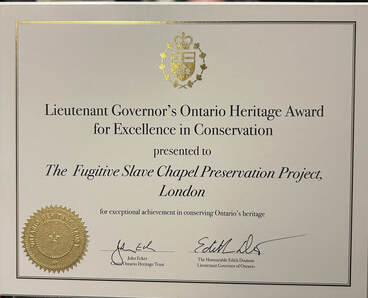
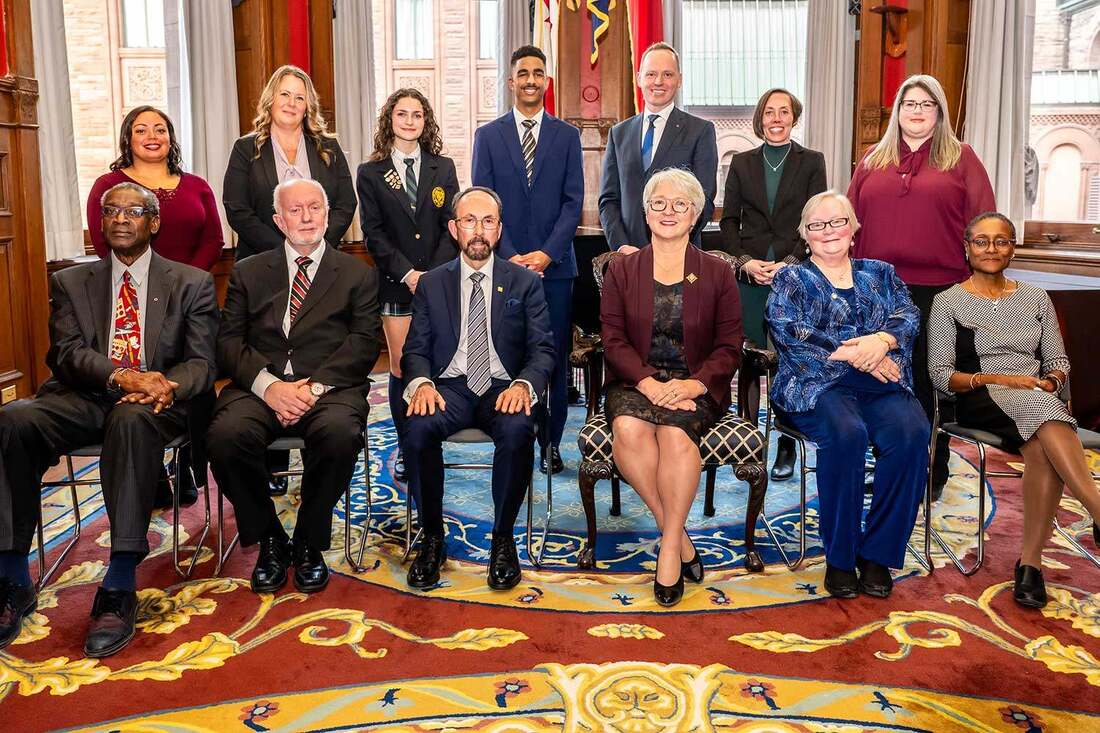


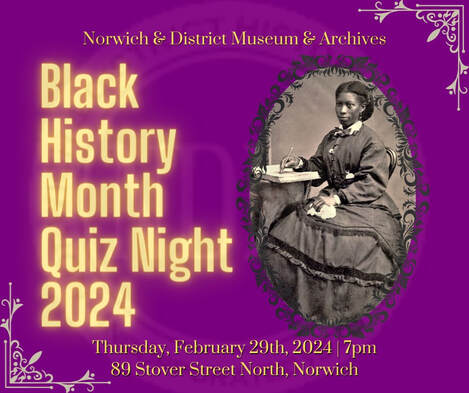
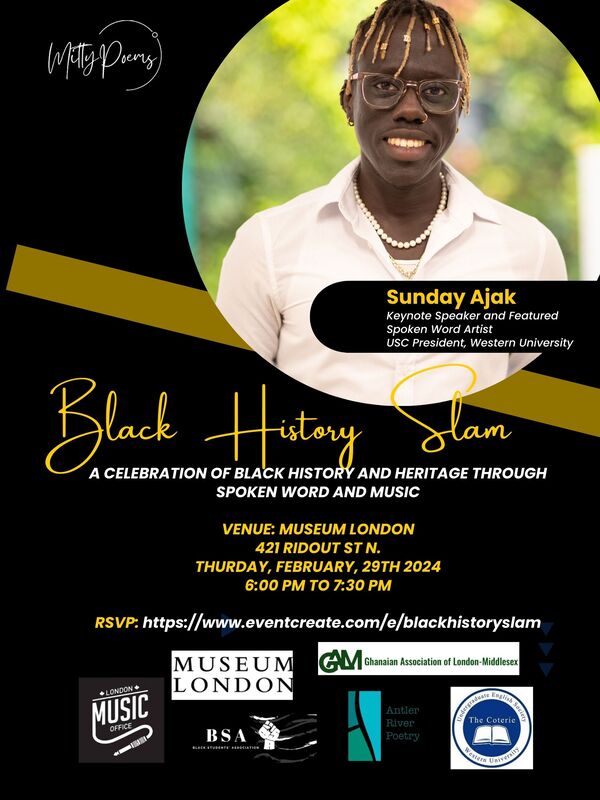
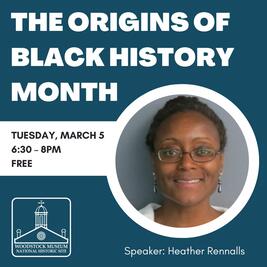
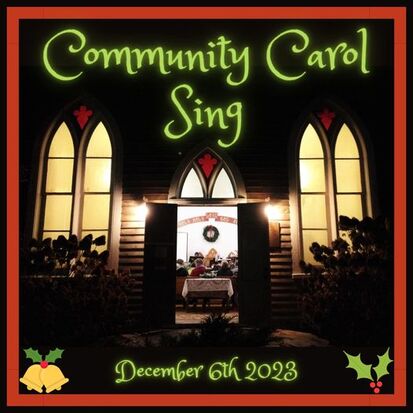
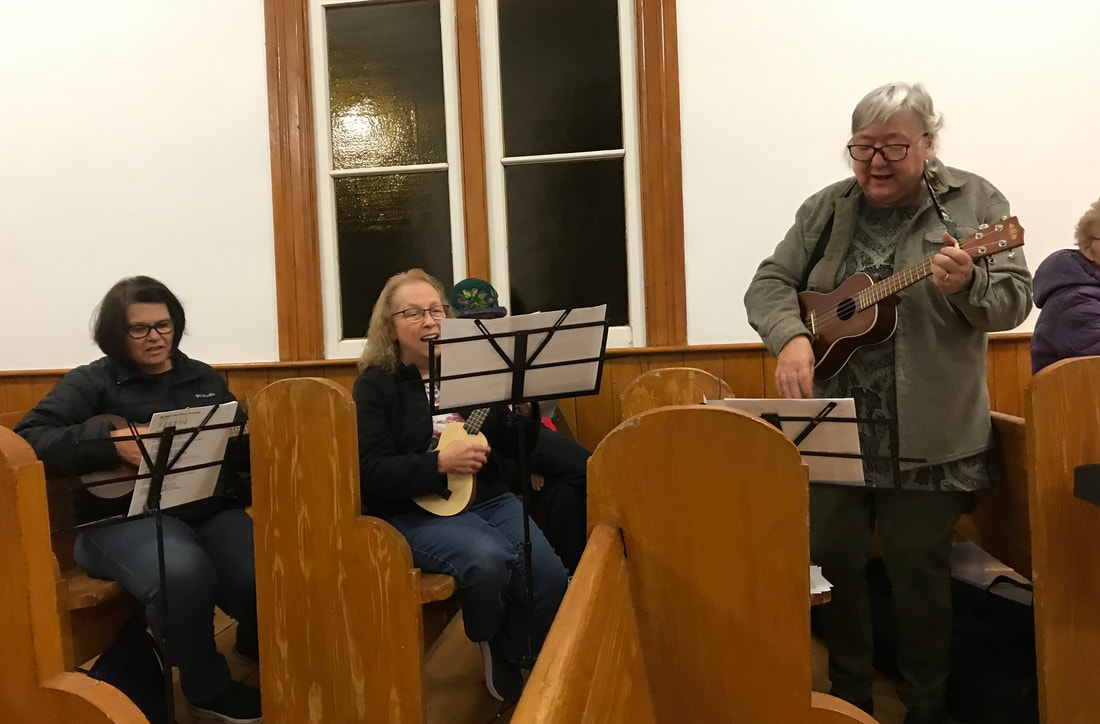
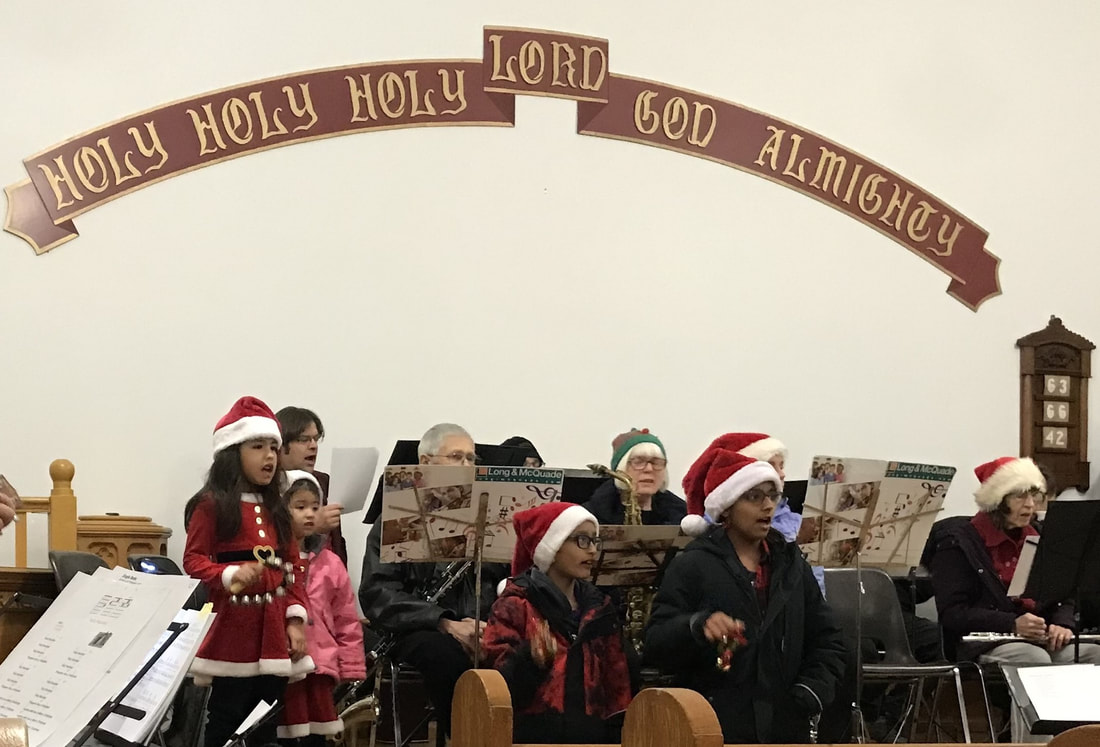
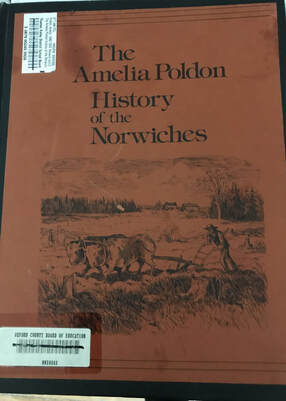
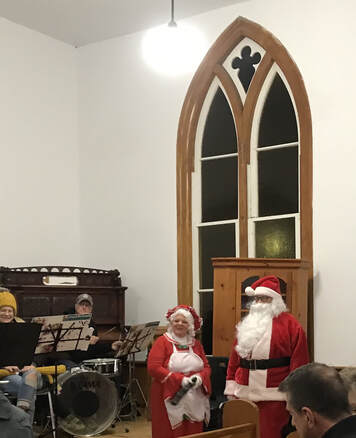
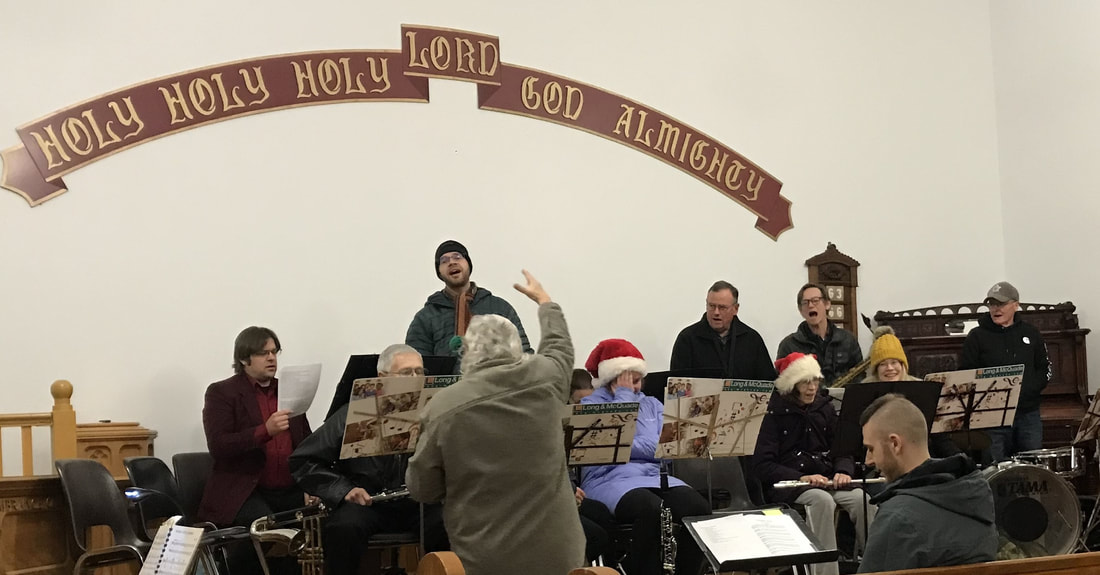
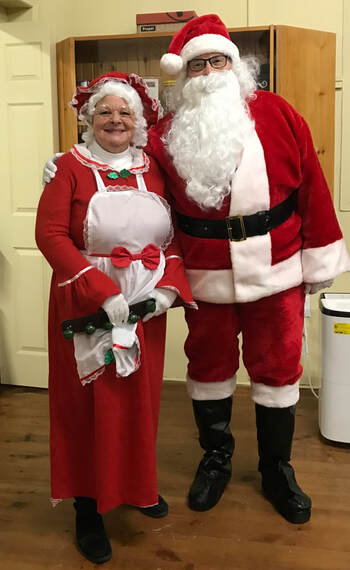

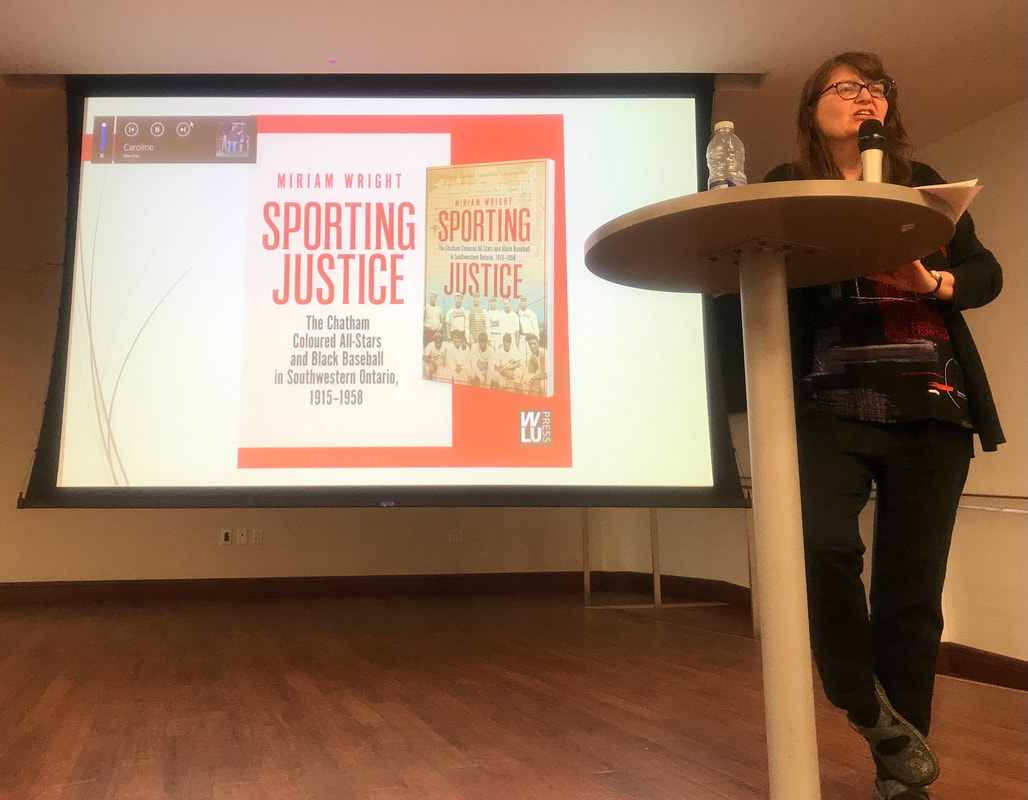
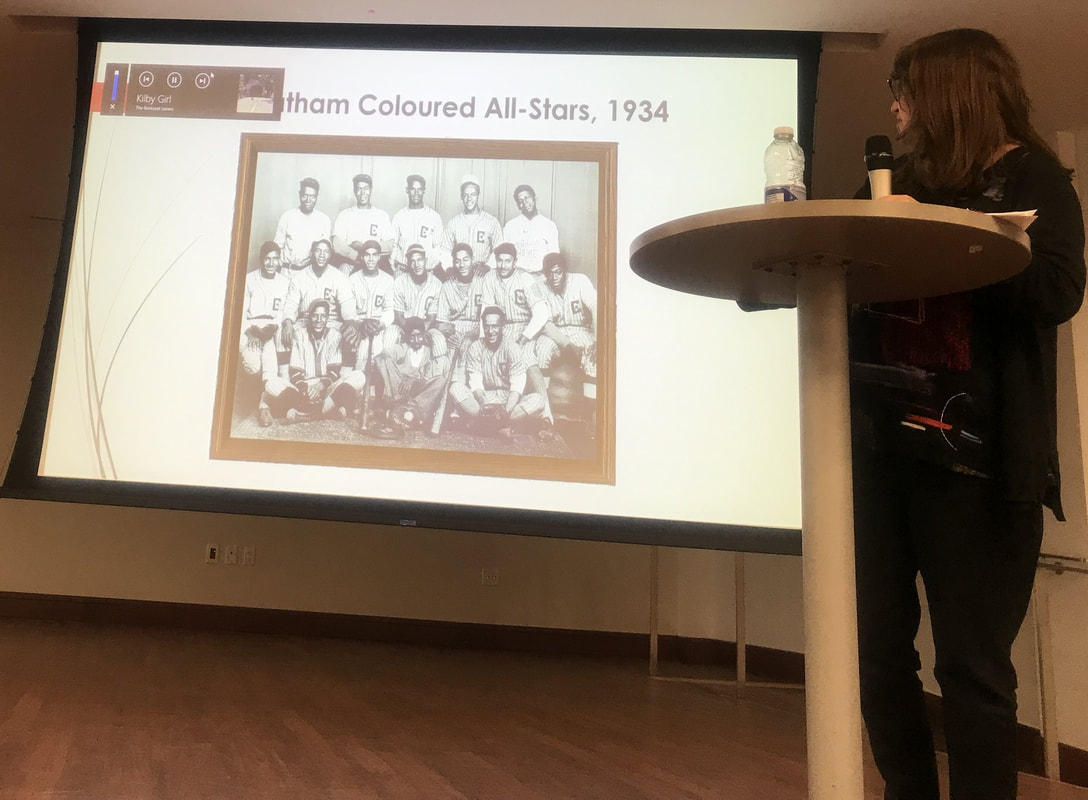
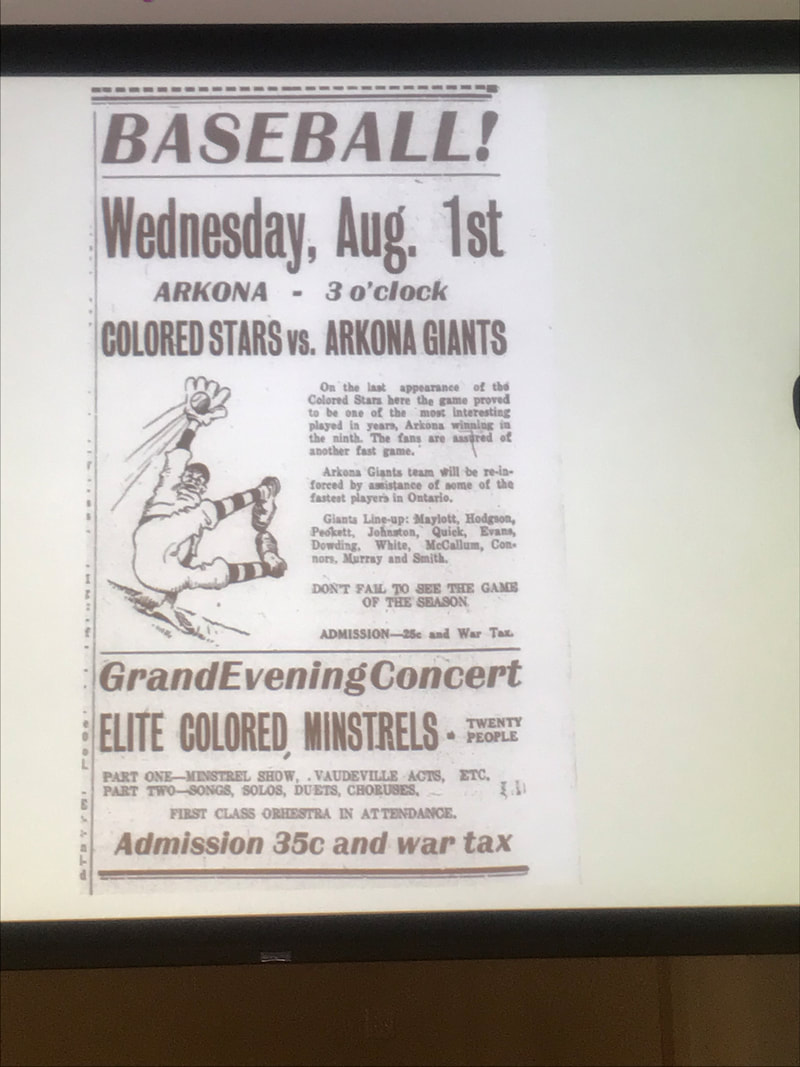
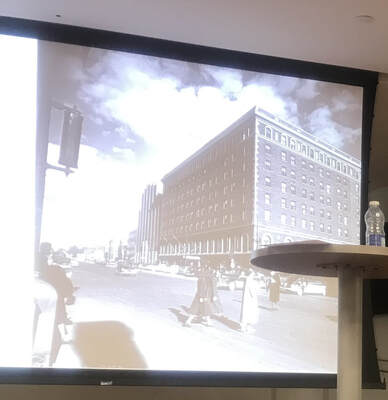
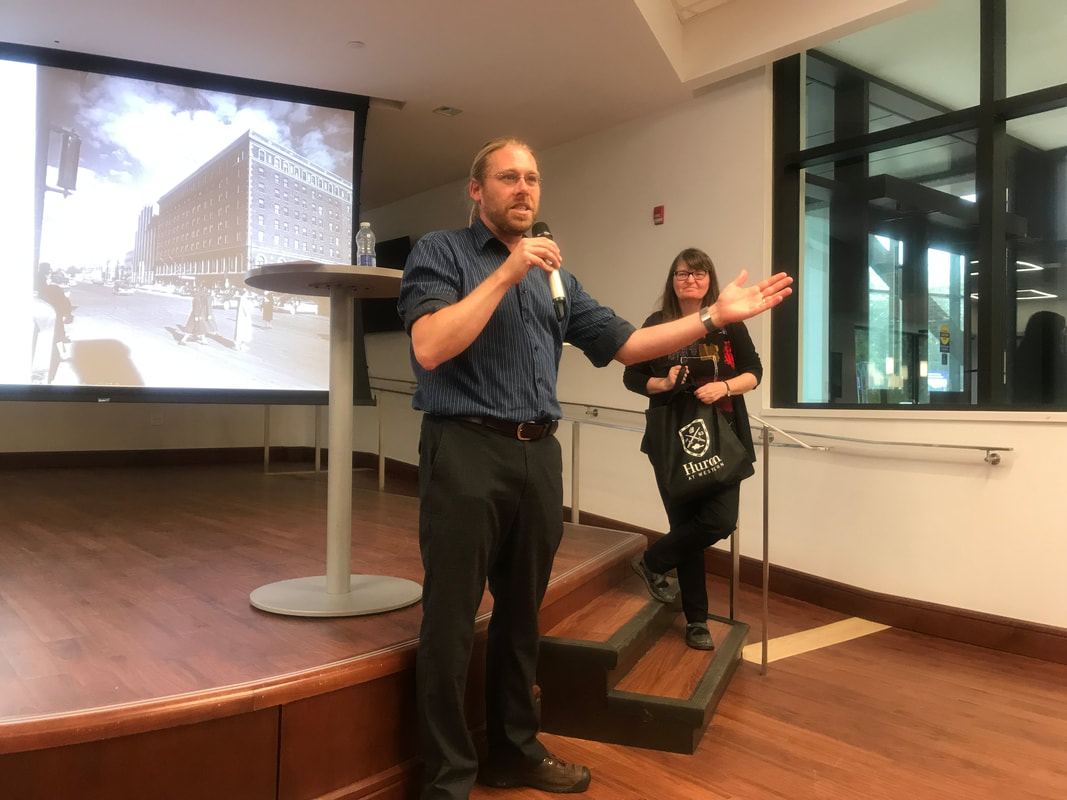
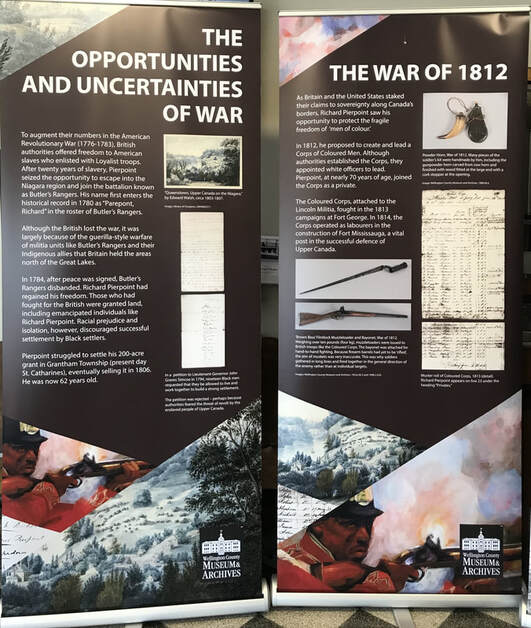
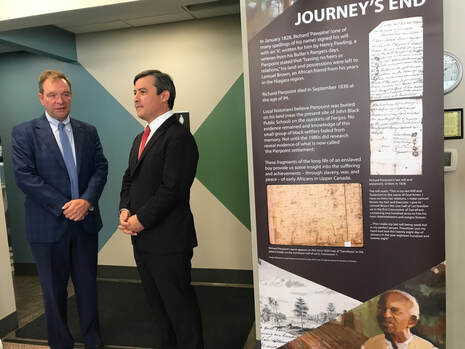
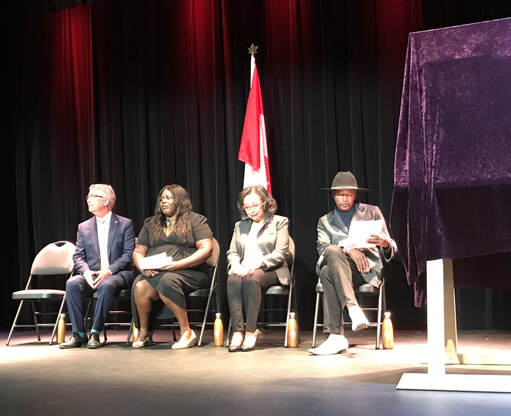
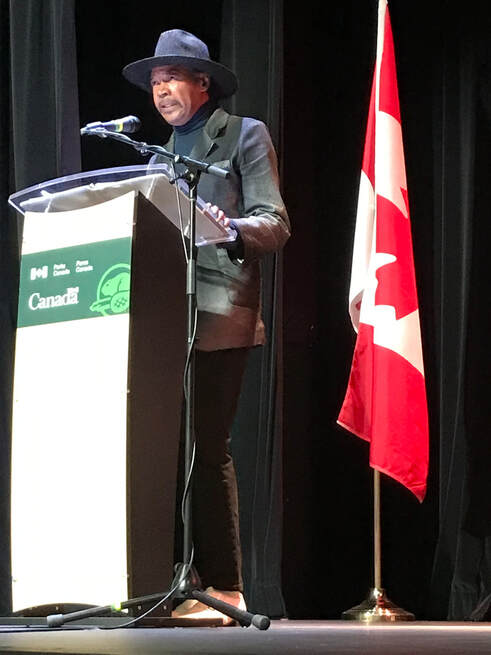
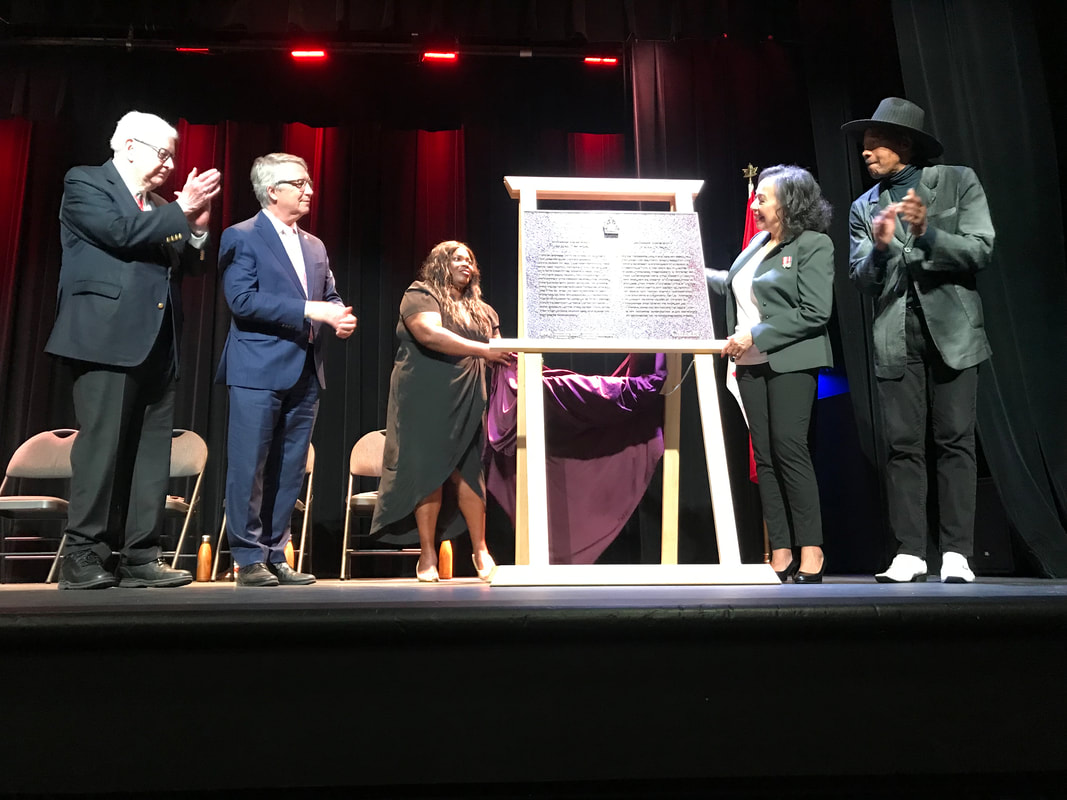
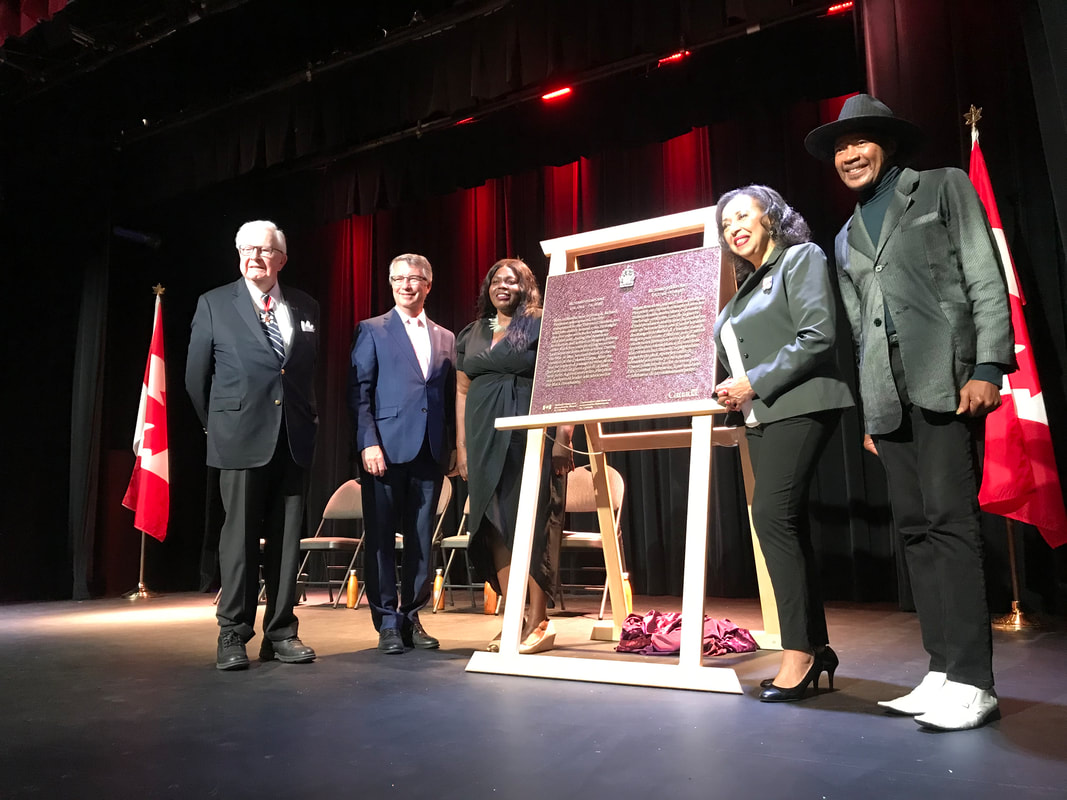
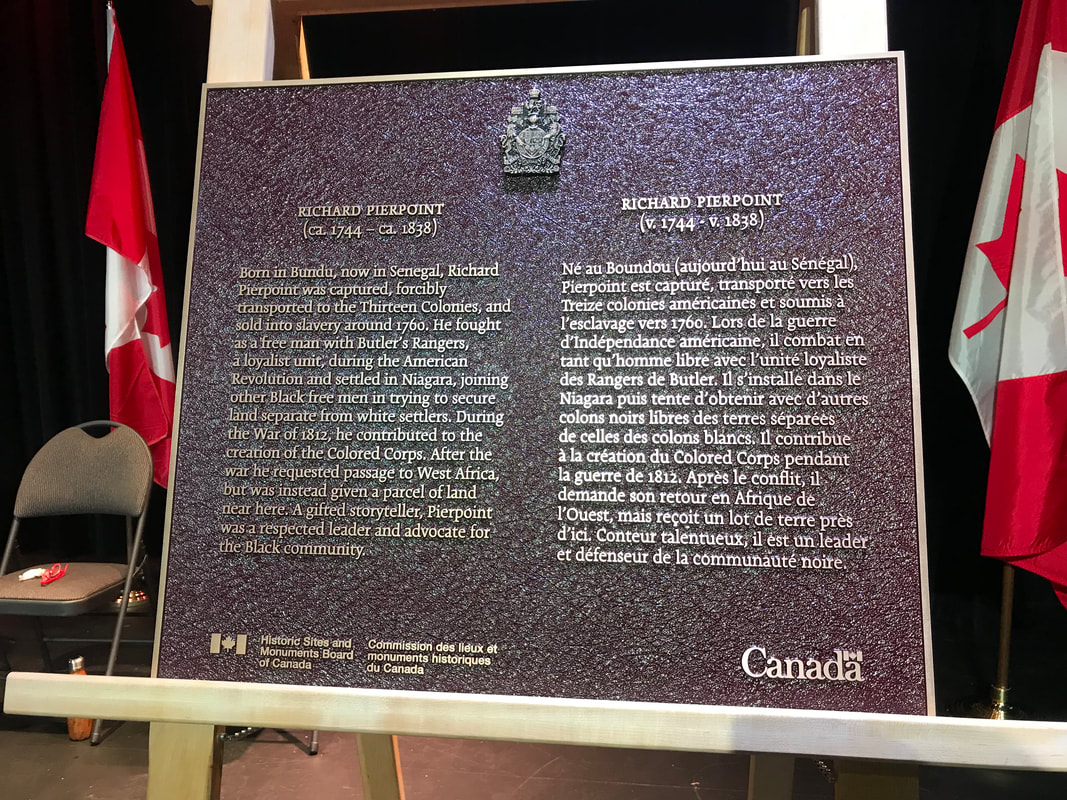
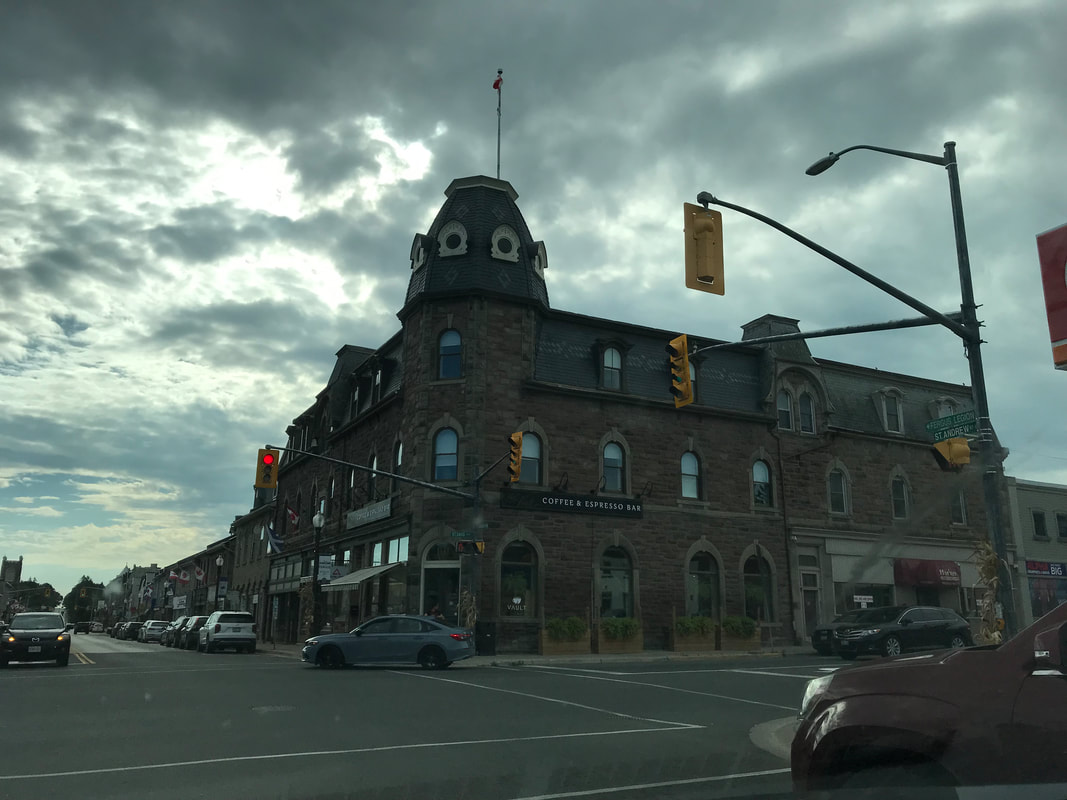
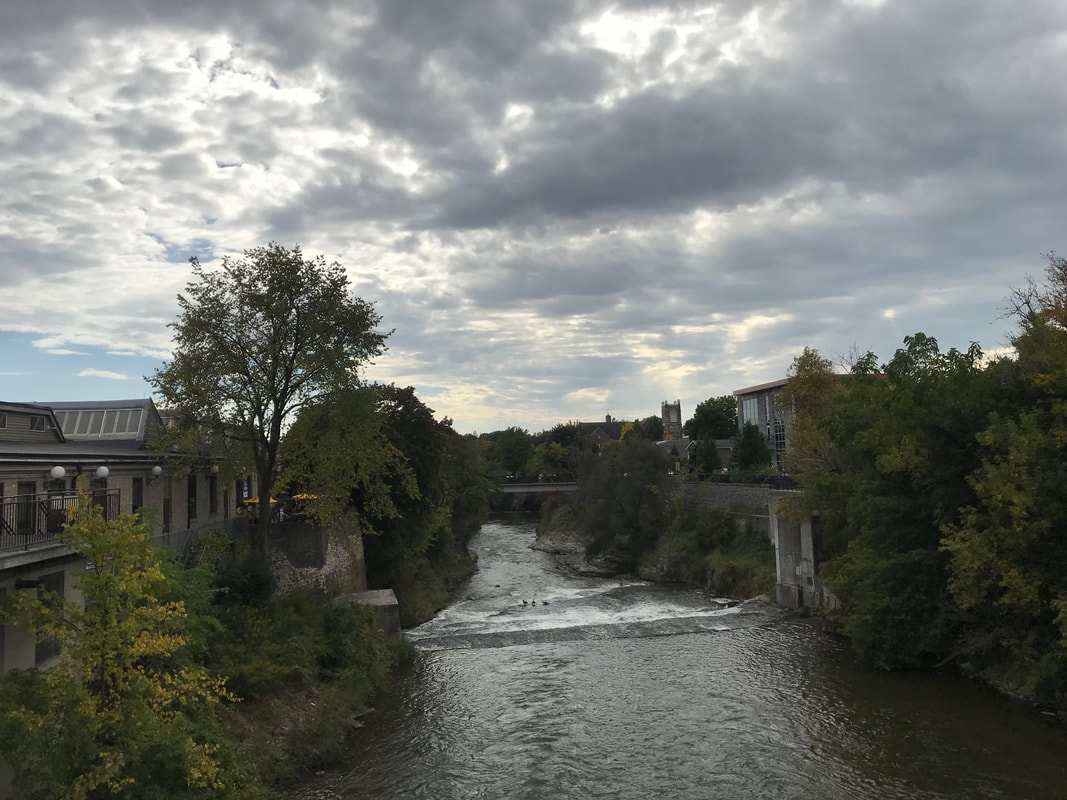
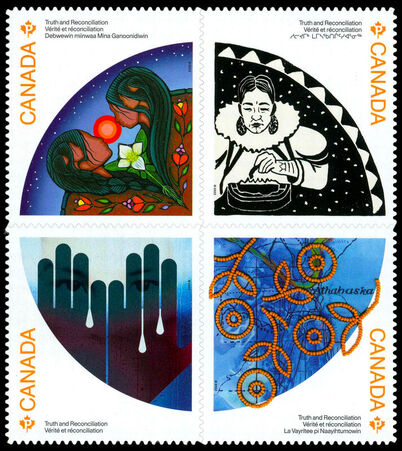
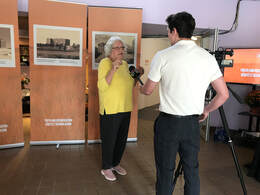
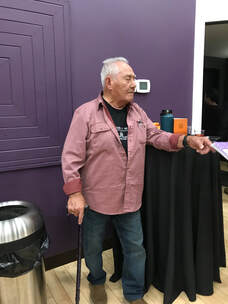
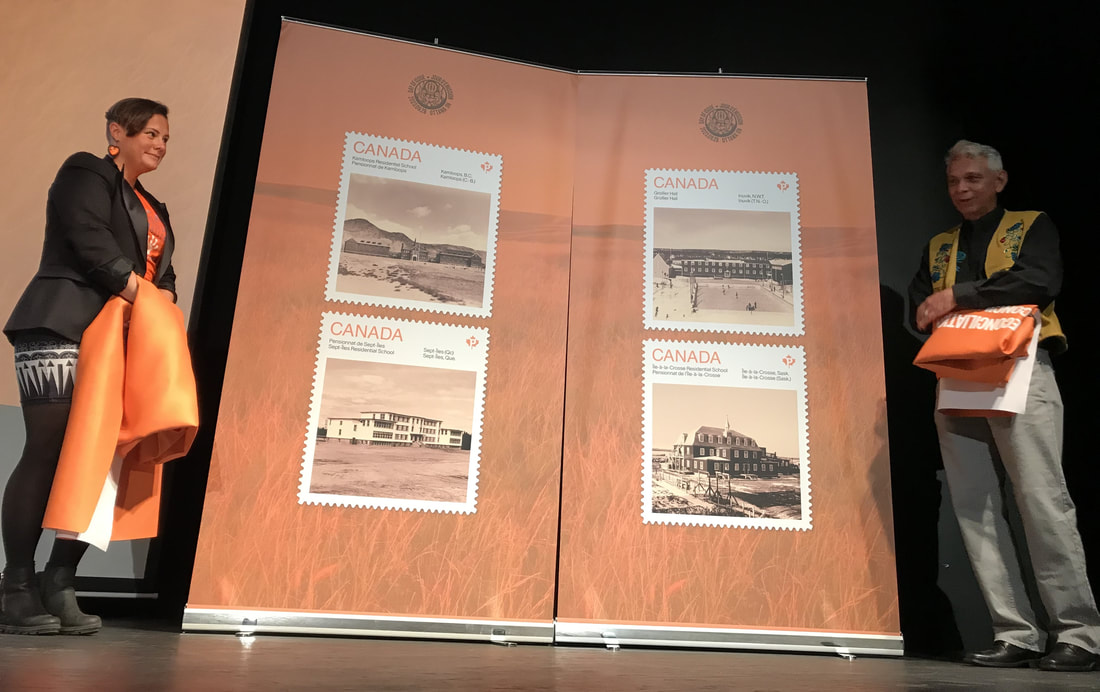

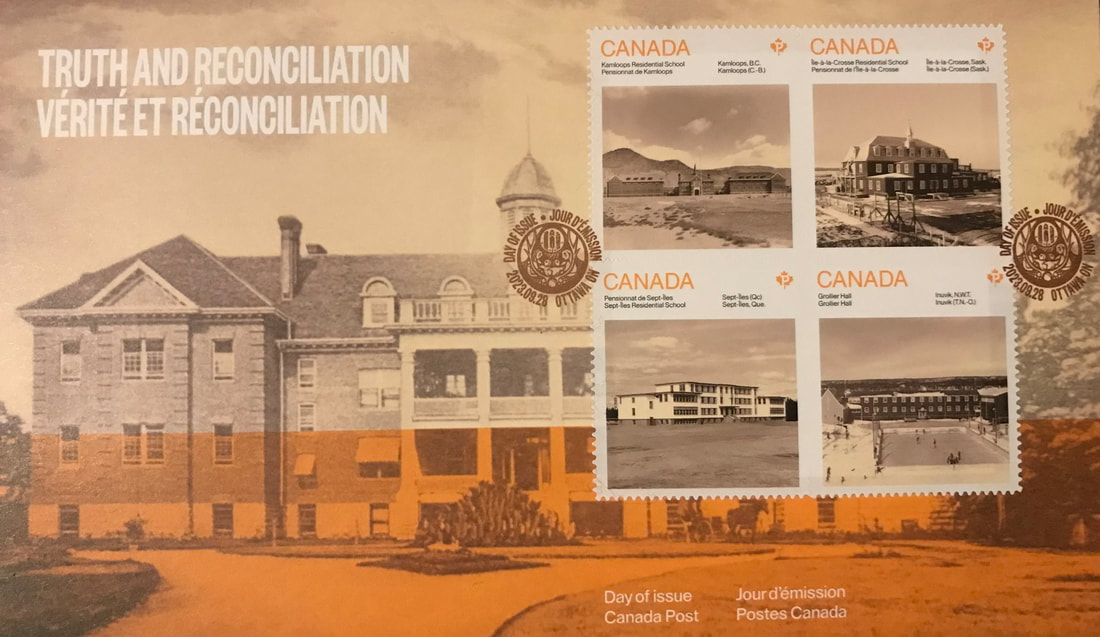
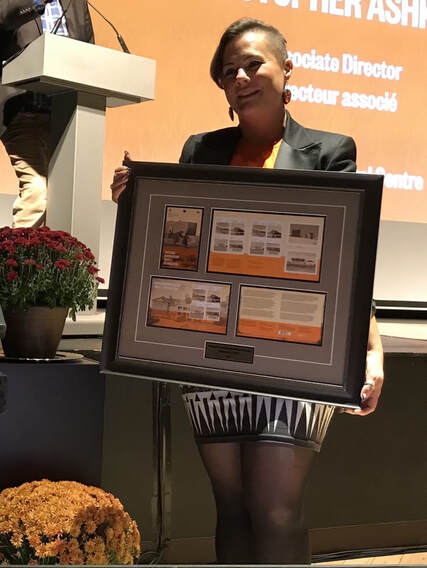

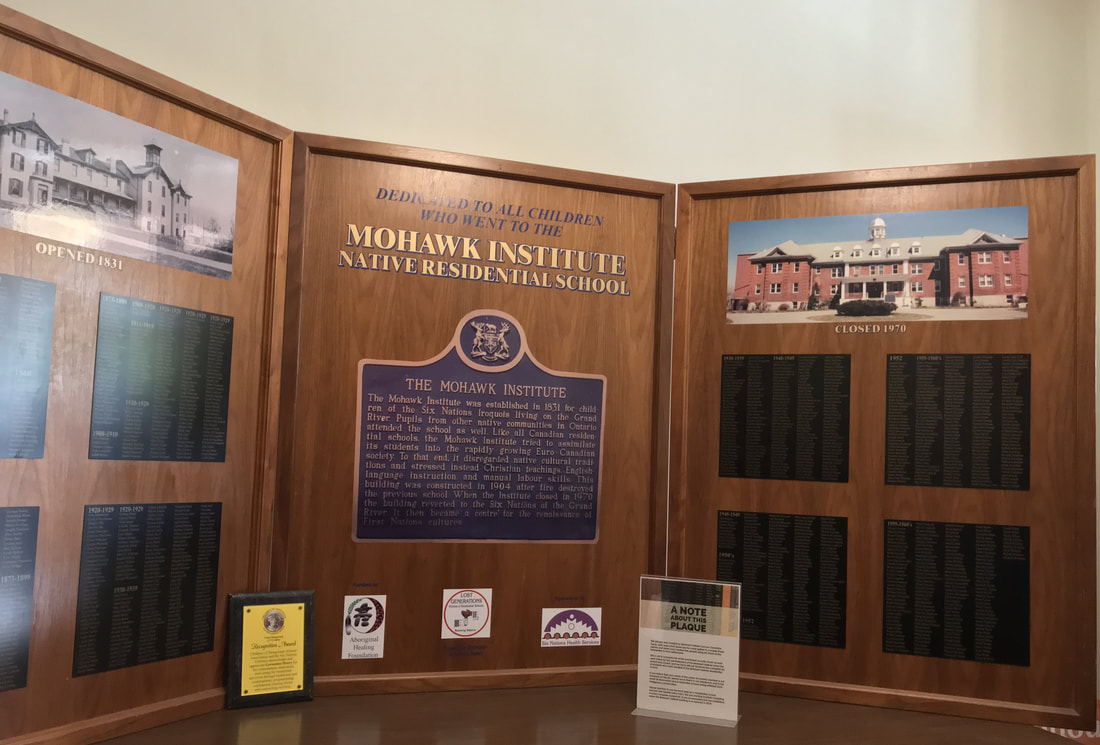


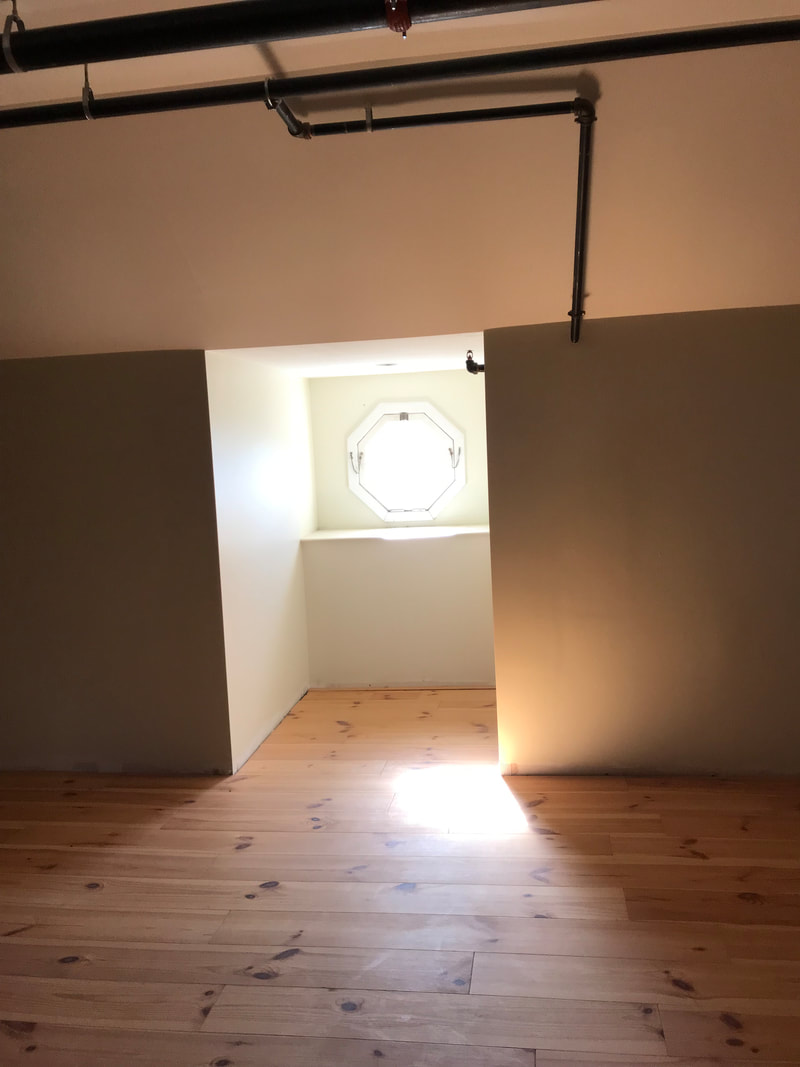

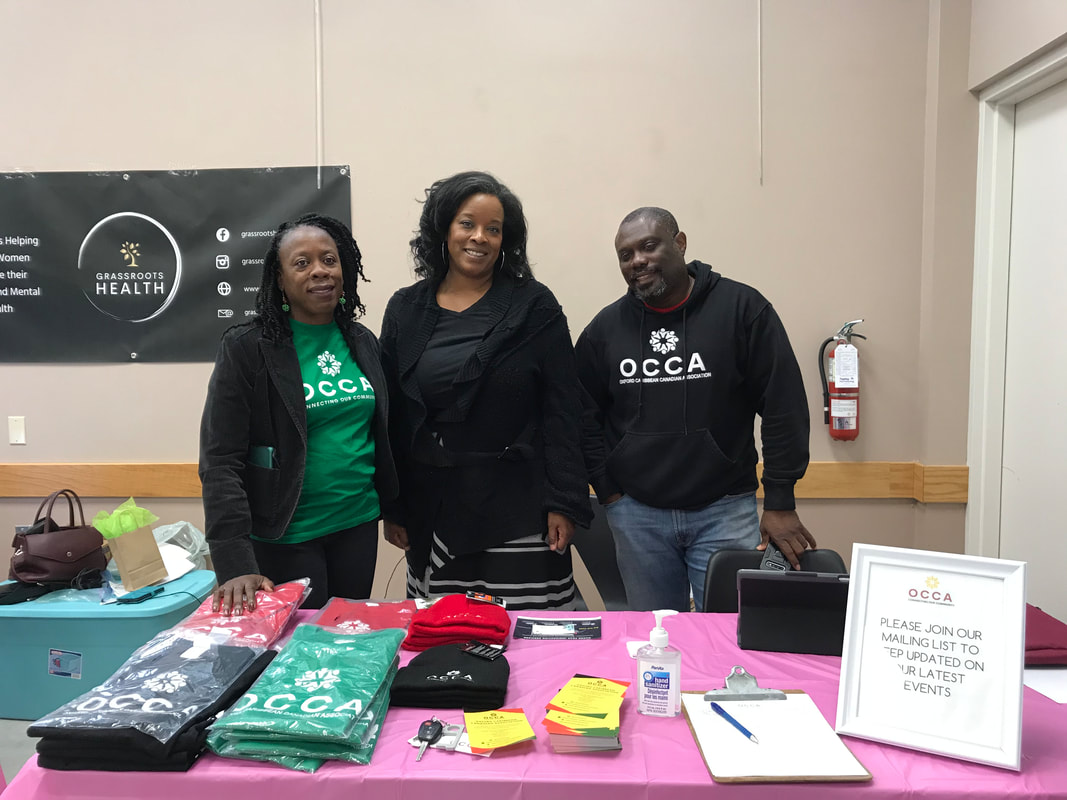
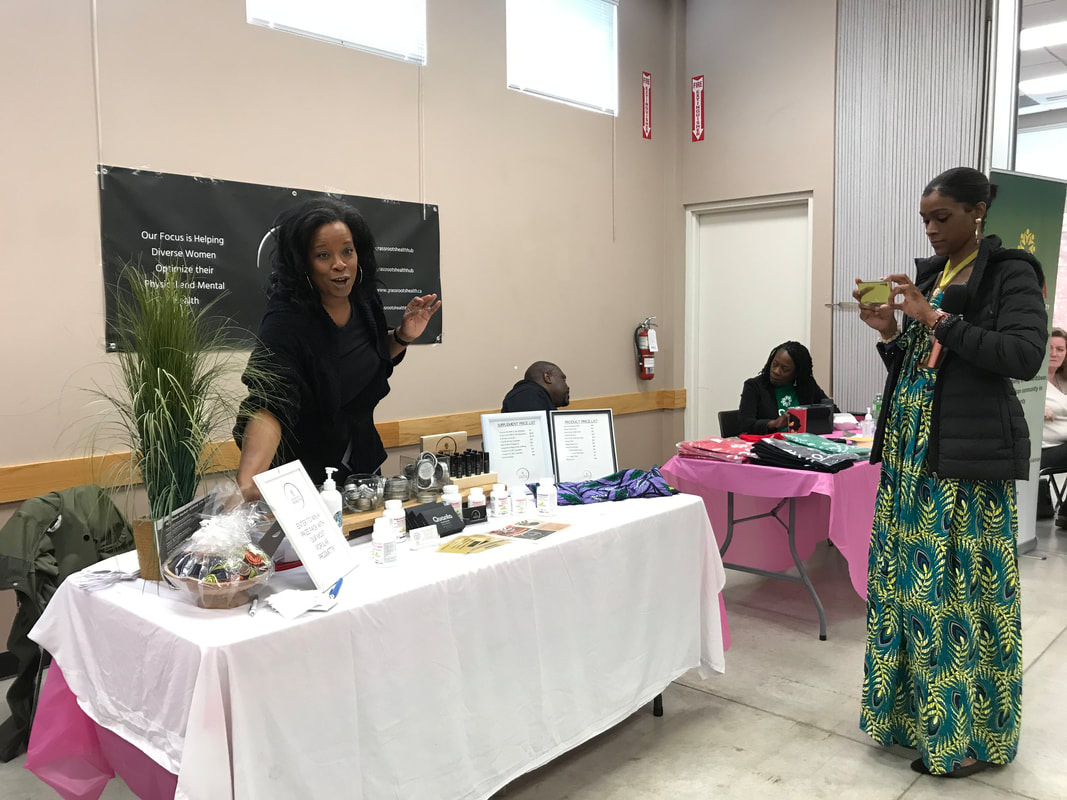
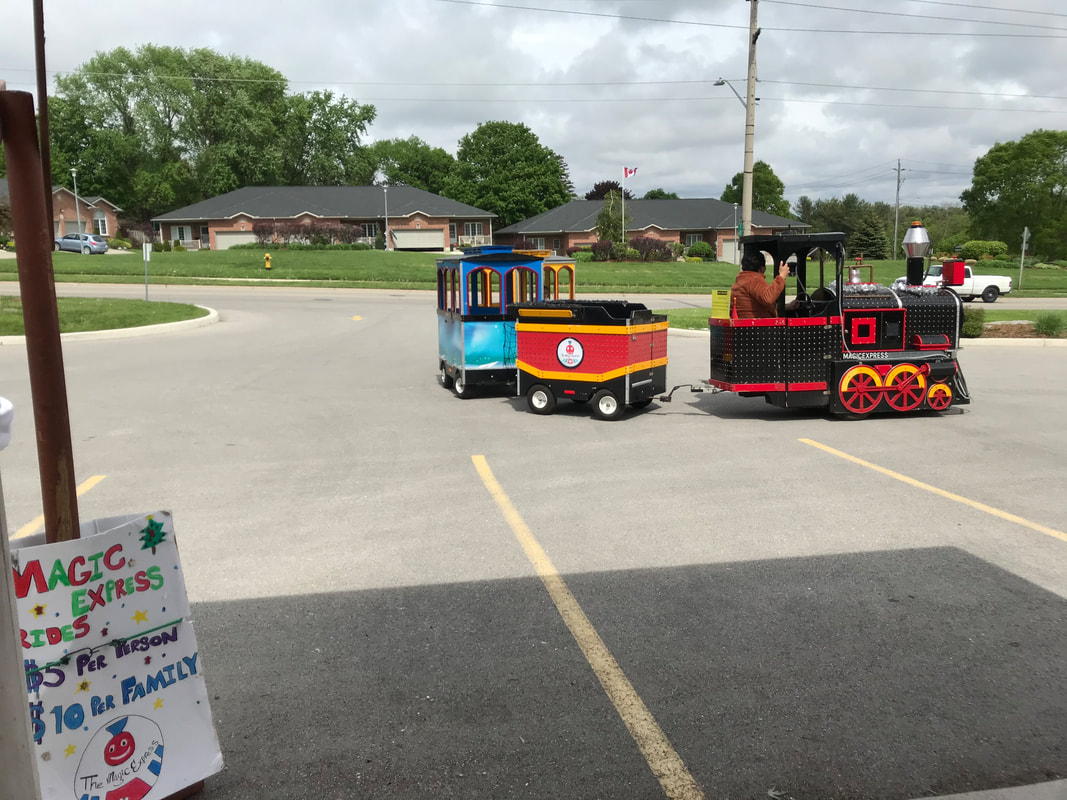

 RSS Feed
RSS Feed
